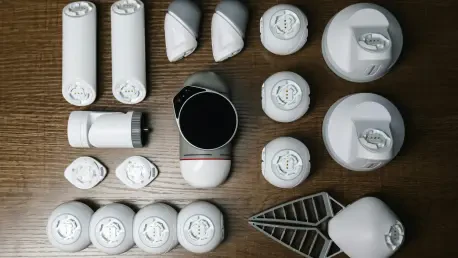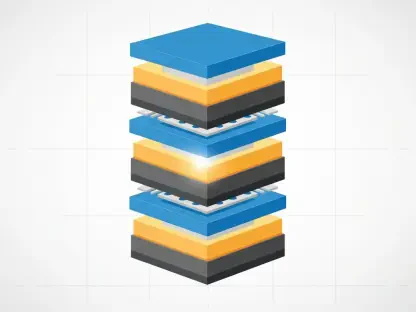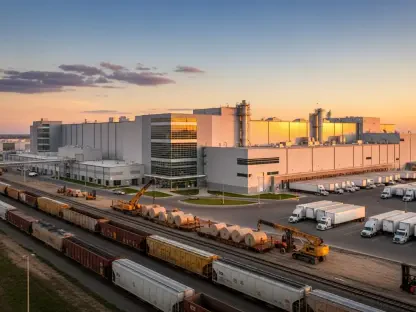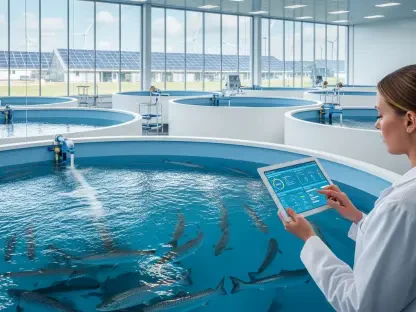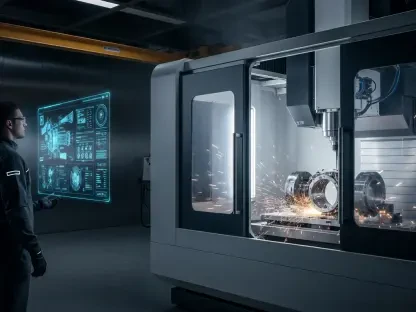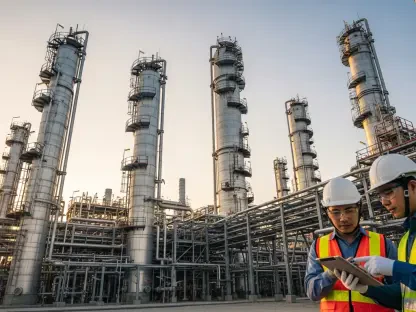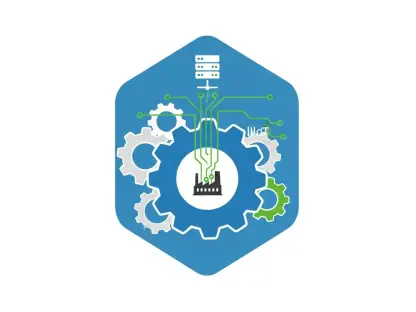In an era where efficiency dictates the success of food manufacturing, a remarkable innovation has emerged to transform the landscape of meal assembly automation. Imagine a production line where robots not only match human speed but exceed expectations in consistency and output, addressing the pressing demands of high-volume food production. San Francisco-based Chef Robotics has stepped into this space with a pioneering advancement in robotic technology, specifically designed to revolutionize how prepared meals are assembled. This breakthrough promises to reshape operational workflows for manufacturers striving to balance speed with precision. As the industry grapples with rising consumer expectations and labor challenges, such innovations are becoming indispensable tools for scalability and competitiveness. This development signals a broader shift toward AI-driven solutions that could redefine standards in food production.
Transforming Food Production with Robotics
Boosting Throughput with Innovative Design
The centerpiece of this technological leap is a feature that allows Chef robots to handle multiple tasks simultaneously, significantly enhancing productivity on the assembly line. Unlike traditional setups where a robot picks and places a single portion of food at a time, the new system equips the robot with the ability to manage up to three utensils concurrently. This means a single pick can deposit ingredients into two or three trays before the robot returns for another cycle, slashing the time spent per task. Reports indicate that this advancement enables the assembly of 30 or more trays per minute, a stark contrast to the earlier range of 15 to 20 trays with the conventional single-deposit approach. Such a performance boost—ranging from 1.5 to 2 times the previous output—positions these robots as direct equivalents to human workers, offering manufacturers a compelling 1:1 worker replacement ratio for high-speed production needs.
Impact on Operational Efficiency
Beyond raw speed, the implications of this innovation extend to the broader operational framework of food manufacturing facilities. The ability to double throughput without compromising on portion consistency addresses a critical pain point for companies managing large-scale meal production. This feature allows manufacturers to meet growing demand without the need for extensive workforce expansion, a significant advantage in an industry often constrained by labor shortages. Moreover, the reduction in cycle time translates to lower operational costs over extended runs, providing a tangible economic benefit. Early adopters of this technology have already integrated it into their lines for fresh prepared meals, demonstrating its practical viability. This shift not only streamlines workflows but also sets a precedent for how automation can elevate industry standards, paving the way for further advancements in robotic applications within food production environments.
Advancing Technology for Precision and Adaptability
Harnessing AI for Seamless Performance
At the heart of this robotic enhancement lies a sophisticated integration of artificial intelligence and software capabilities that ensure flawless execution across complex tasks. The system employs advanced algorithms to manage variations in food levels within containers, guaranteeing equal portions across multiple utensils during each pick. This level of precision demands a higher degree of reasoning compared to earlier models, showcasing a notable evolution in robotic intelligence. Additionally, an AI model predicts the arrival of the next tray on the conveyor belt, even when visibility is temporarily obstructed, ensuring uninterrupted operation. Such innovations highlight a commitment to maintaining consistency alongside increased speed, directly addressing the nuanced challenges faced by food manufacturers in maintaining quality at scale.
Real-World Applications and Industry Trends
The practical deployment of this cutting-edge feature is already making waves among forward-thinking food companies eager to optimize their production lines. With the technology now widely accessible, manufacturers have a unique opportunity to automate meal assembly without sacrificing throughput or quality, aligning with a broader industry trend toward leveraging robotics and AI for operational efficiency. The early implementation by select customers for fresh meal preparation underscores the immediate relevance of this solution in meeting consumer demand. This development reflects a growing consensus among industry leaders that scalable, tech-driven solutions are essential for staying competitive in a rapidly evolving market. As automation continues to gain traction, such advancements are likely to inspire further innovations, potentially reshaping how food production adapts to future challenges and opportunities.
Reflecting on a Milestone in Automation
Looking back, the introduction of this multi-deposit capability by Chef Robotics marked a pivotal moment in the evolution of food manufacturing automation. It delivered a substantial leap in efficiency, with robots achieving up to double the throughput of traditional setups while upholding stringent quality standards through advanced AI. For industry stakeholders, the next steps involved exploring how to integrate such technologies into diverse production environments, identifying areas for customization to meet specific needs. Consideration of long-term scalability and the potential for further AI enhancements remained crucial for sustaining this momentum. This milestone not only addressed immediate operational challenges but also opened doors to envisioning a future where robotics could tackle even more complex aspects of food production, setting a benchmark for innovation in the sector.
